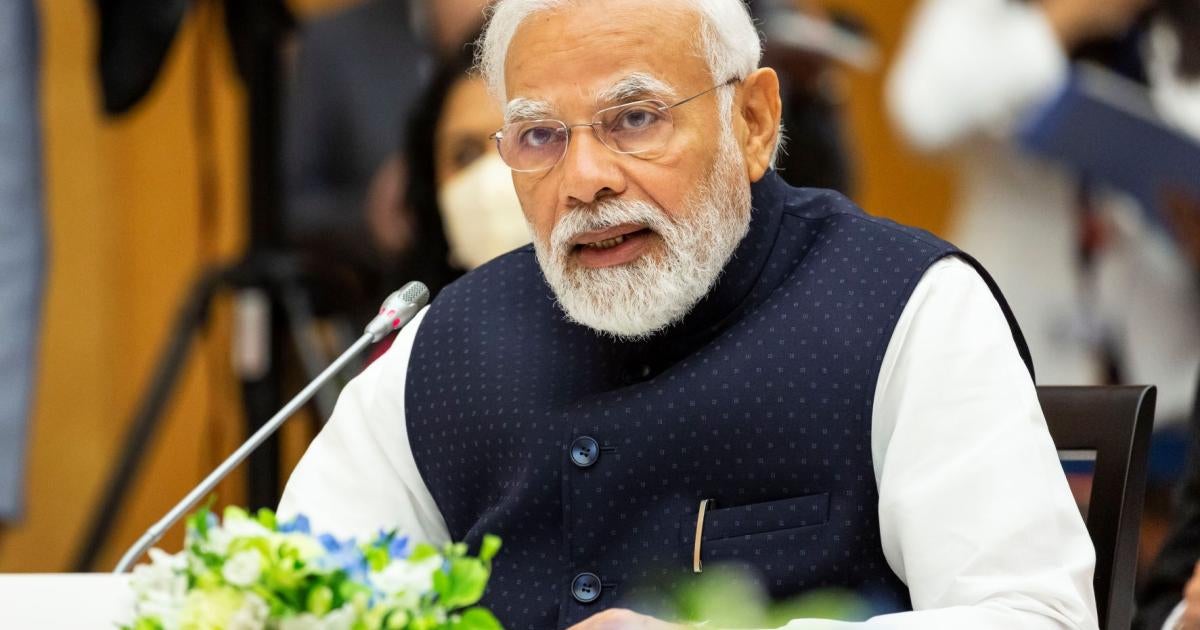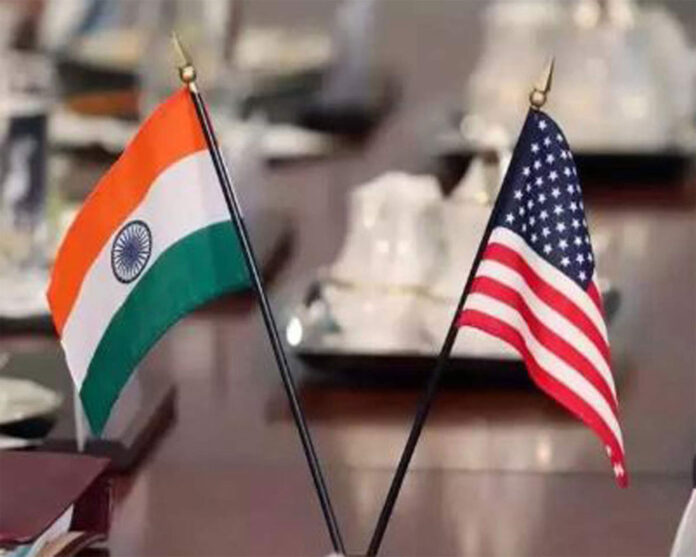Washington D.C. – In a significant development, India and the United States embarked on their first-ever Strategic Trade Dialogue, setting the stage for a comprehensive review of US export control regulations that impact the growth of strategic trade in emerging and critical technologies. The dialogue took place in Washington D.C. on Tuesday, just two weeks ahead of Prime Minister Narendra Modi’s highly anticipated State visit to the United States.
Leading the Indian delegation was Foreign Secretary Vinay Mohan Kwatra, while the US side was represented by Victoria Nuland, the Undersecretary for Political Affairs at the State Department, and Alan Estevez, the Undersecretary for Industry and Security at the Commerce Department. This new dialogue mechanism was established during the visit of US Commerce Secretary Gina Raimondo to New Delhi in March, serving as a pivotal institutional innovation aimed at unlocking the potential of high-tech trade between the two nations, as envisioned under the Initiative on Critical and Emerging Technologies (ICET).
A joint statement issued after the talks highlighted the focus on facilitating the development and trade of technologies in critical domains, including semiconductors, space, telecom, quantum, AI, defense, and biotech. Both India and the US emphasized the need to review bilateral export control regulations with the objective of building resilient supply chains for these strategic technologies.
India and US Forge Path for High-Tech Trade and Technology Partnership through Inaugural Strategic Trade Dialogue
They also examined ongoing cooperation in multilateral export control regimes and pledged to share best practices. Furthermore, the dialogue aimed to raise awareness about export control regimes among industry, academia, and other stakeholders through workshops. Recognizing its potential, both sides acknowledged that the dialogue would be instrumental in promoting co-production, co-development, and enhanced industrial collaborations in critical technologies.
To ensure effective monitoring of progress in deepening cooperation in high-tech trade and technology partnership, India and the US agreed to establish a working group and sustain the dialogue beyond this initial meeting. Expressing gratitude for the productive dialogue, Victoria Nuland affirmed the commitment to mutual growth and job creation through increased bilateral trade and enhanced high-tech collaboration.
The timing of the dialogue is significant, coming on the heels of US Secretary of Defense Lloyd Austin’s recent visit to New Delhi, during which both nations concluded a defense industrial roadmap. The roadmap necessitates flexibility from the US side on export control issues, underscoring the complexity of the process within the US administration. Various arms of the government, including the State Department, the Commerce Department, the Department of Defense (DoD), and even the US Congress, have jurisdiction over different export control regimes and mechanisms. Achieving the goals of ICET will require flexibility from both the executive and legislative branches.
Kriti Upadhyaya, Founding Director of the INDUS Tech Council and Vice President of C2Ci Americas, shed light on the dialogue’s significance. She highlighted that the strategic trade dialogue likely tackled challenges related to the International Traffic in Arms Regulations (ITAR) and the Defense Federal Acquisition Regulation Supplements (DFARS).
India and US Forge Path for High-Tech Trade and Technology Partnership through Inaugural Strategic Trade Dialogue
Currently, an ITAR license is typically required for the transfer of sensitive technologies from the US, but Indian firms stand to benefit from India-specific exemptions and a more transparent and expedited ITAR licensing process. Additionally, Indian firms face limitations in supplying to the US DoD due to India’s non-qualification under most regular circumstances of DFARS. Upadhyaya suggested that a reciprocal defense procurement agreement, mentioned during Secretary Austin’s visit, could be pivotal in granting India DFARS-qualifying status. Easing export control regulations would facilitate smoother co-development and co-production pathways, opening the US defense market to Indian firms.
Atul Keshap, President of the United States-India Business Council, emphasized the significance of both sides dedicating considerable energy and political capital to address export controls and technology
releasability issues ahead of the State visit. This demonstrates a vote of confidence in key business sectors and civil society. The emphasis on technology transfer within the trusted bilateral ecosystem showcases the effectiveness of interagency coordination and underscores the commitment of leaders from both nations.
In conclusion, the inaugural Strategic Trade Dialogue between India and the US serves as a vital stepping stone towards bolstering their partnership. By addressing export control regulations and fostering collaboration in critical and emerging technologies, both nations are poised to deepen their high-tech trade and technology partnership. The establishment of this dialogue mechanism and the ongoing efforts to streamline regulatory restrictions send a strong signal of confidence to businesses and civil society, showcasing the potential for fruitful cooperation and growth in the future.

